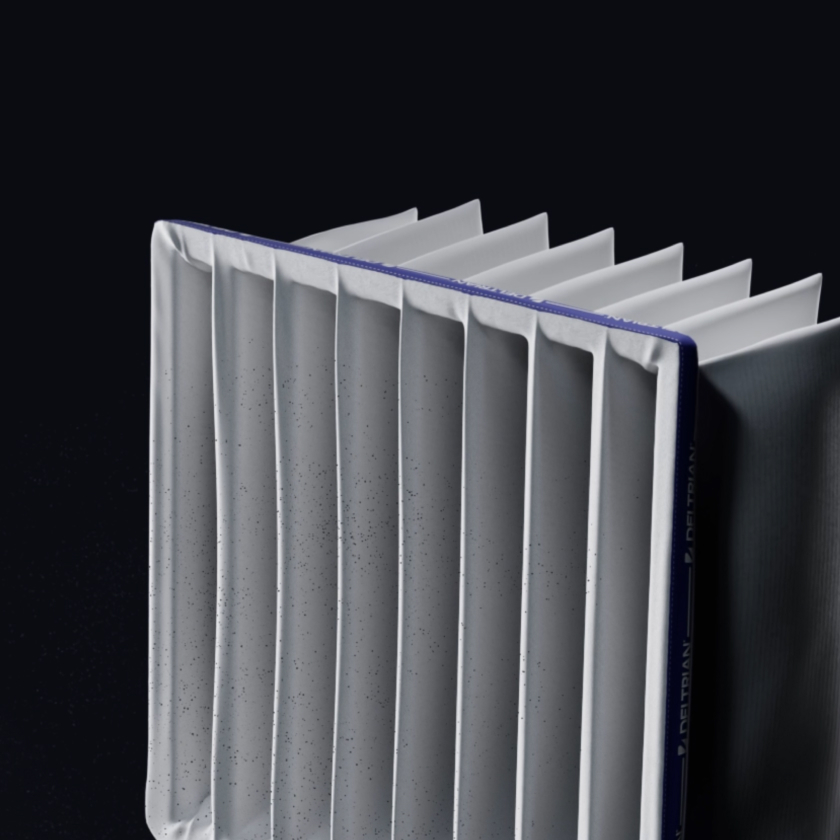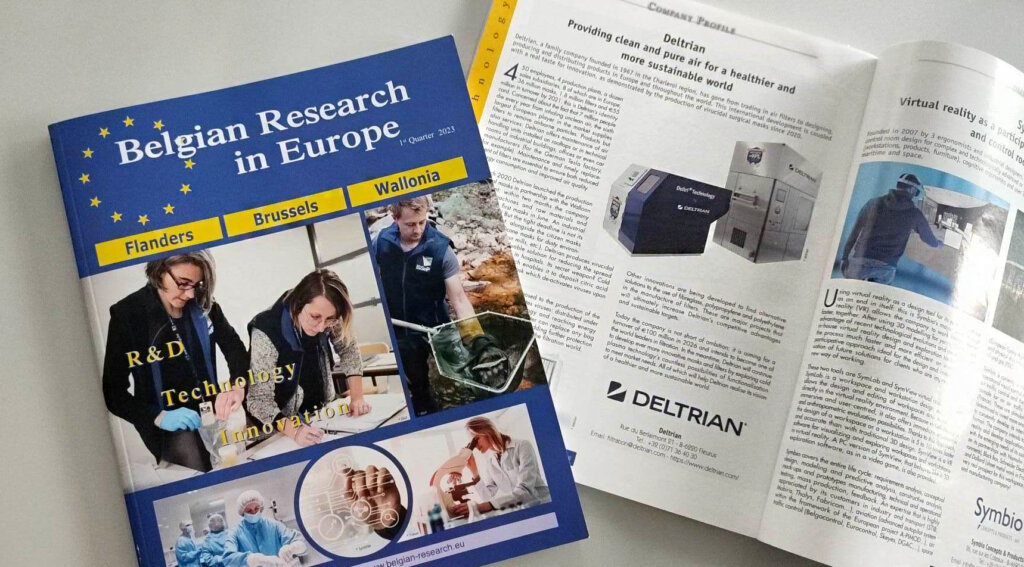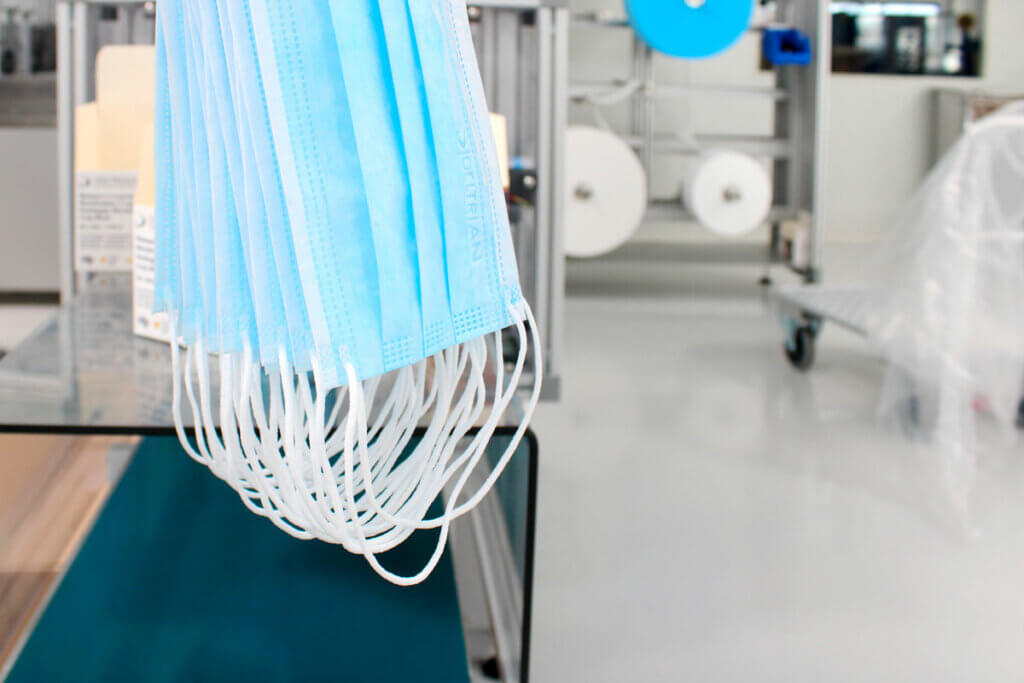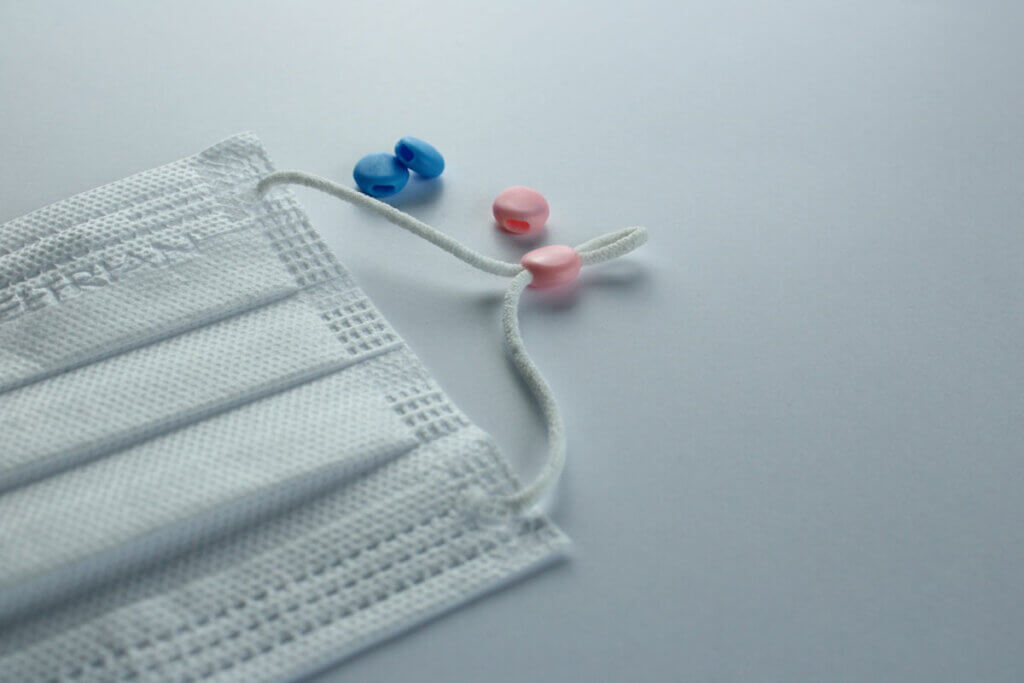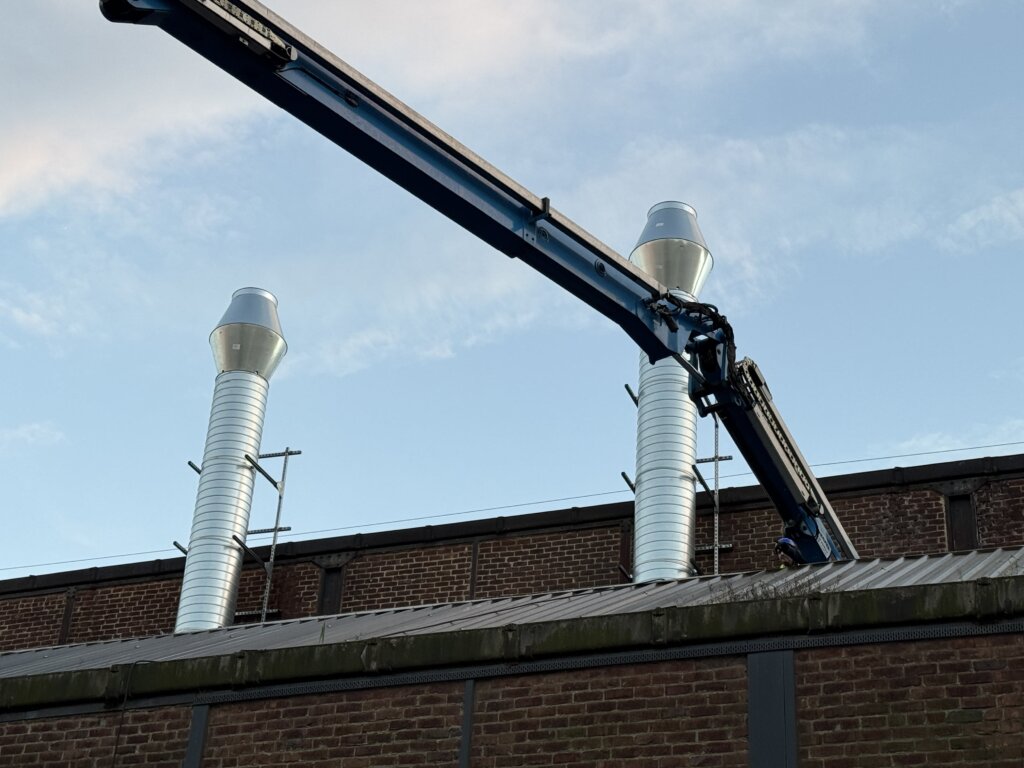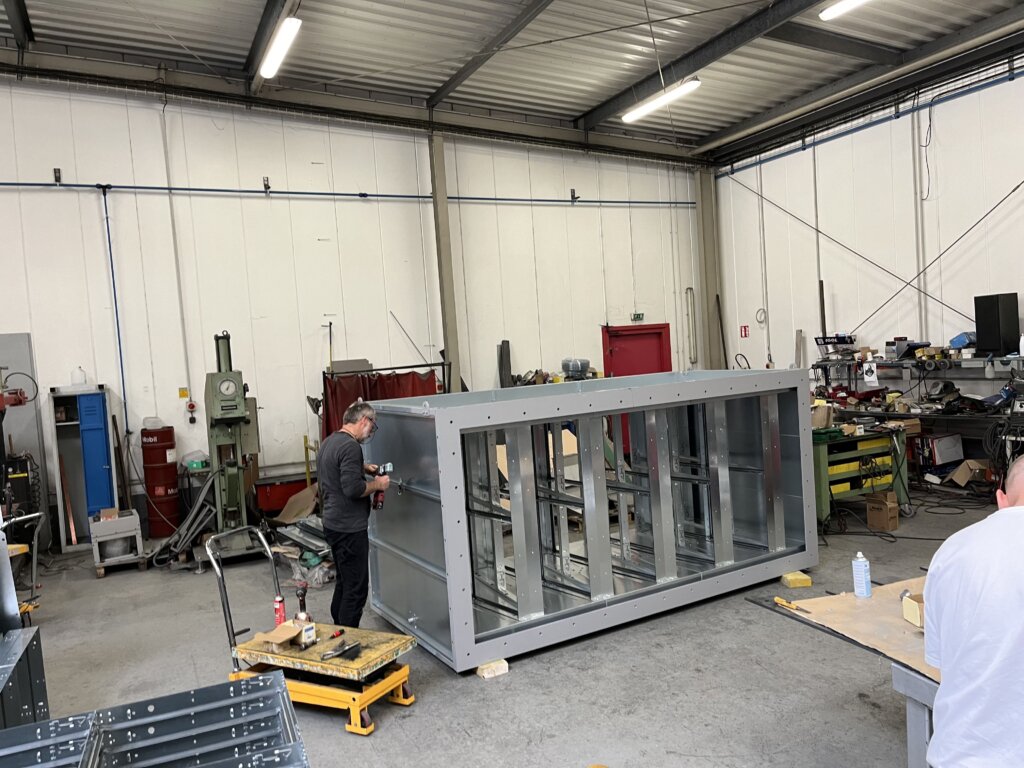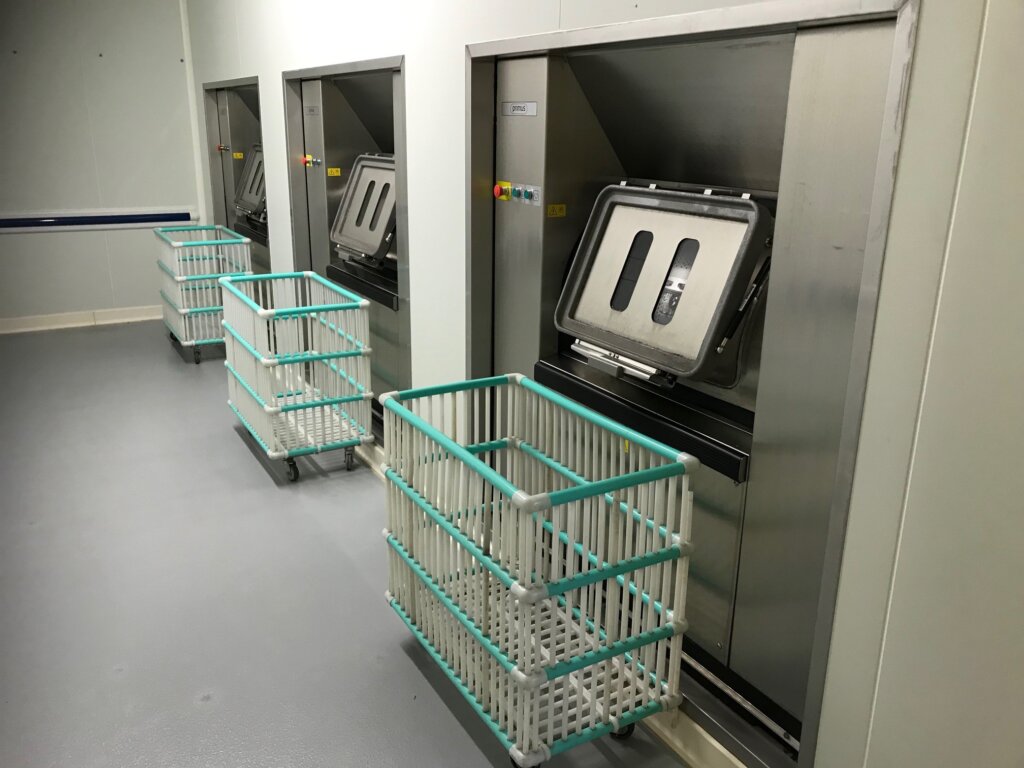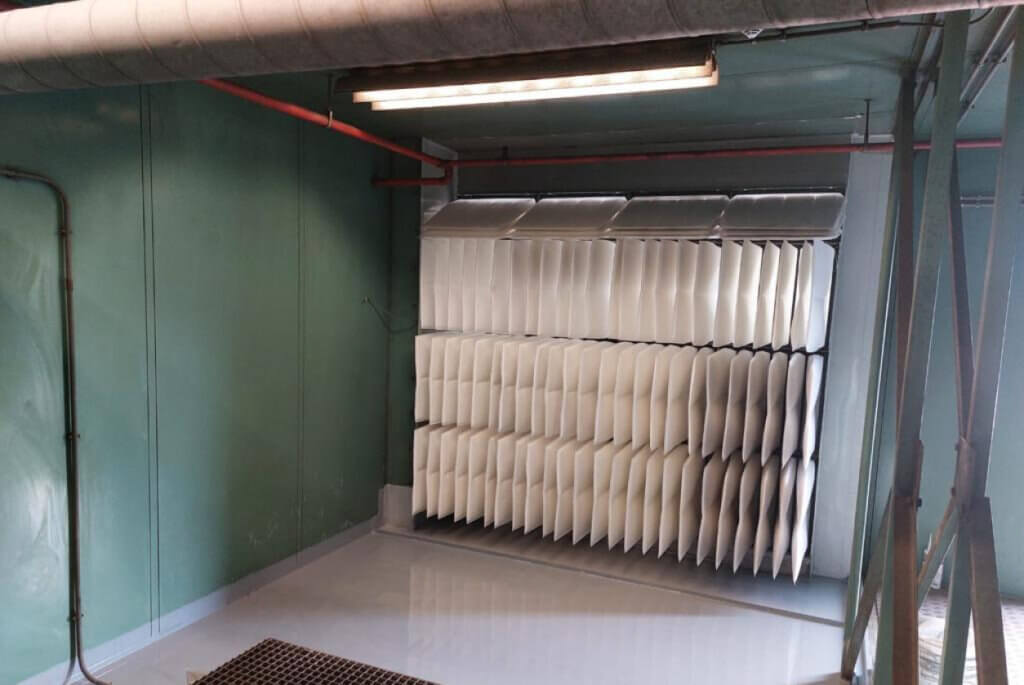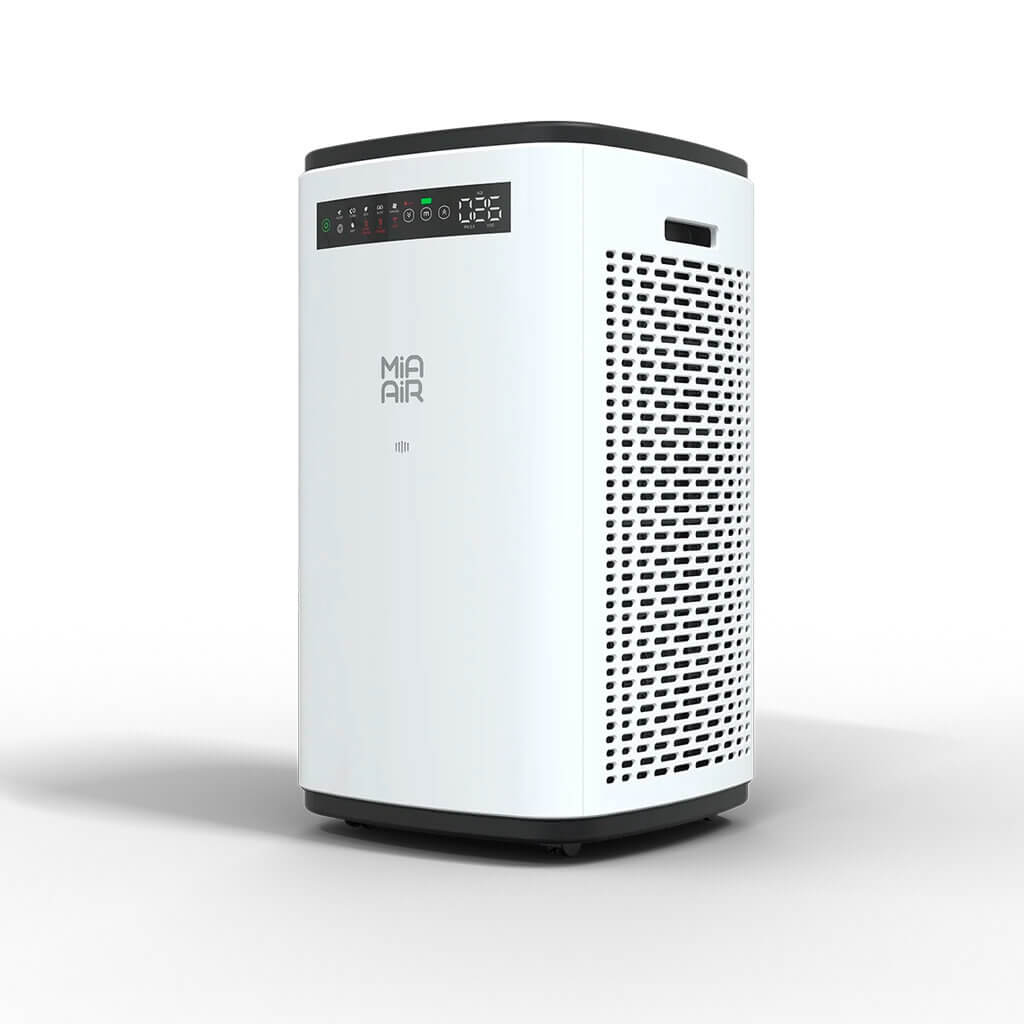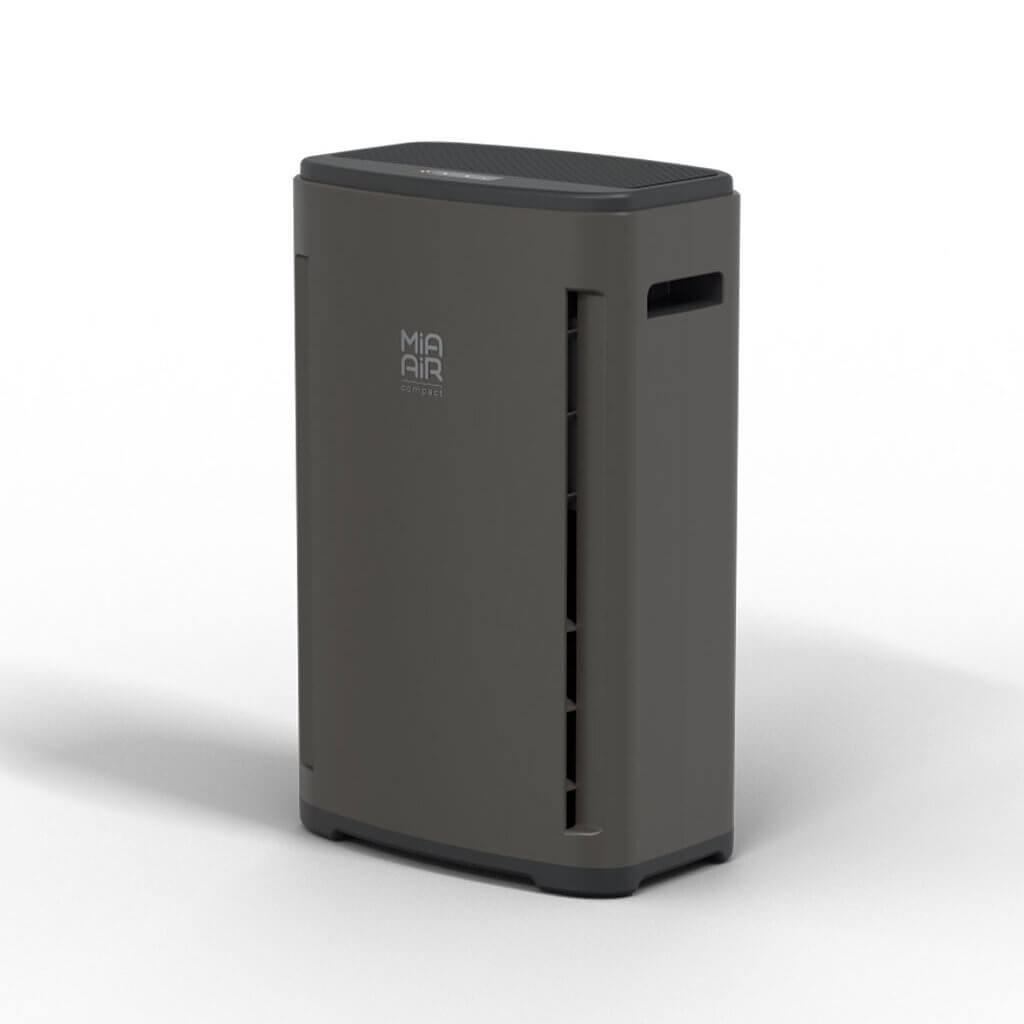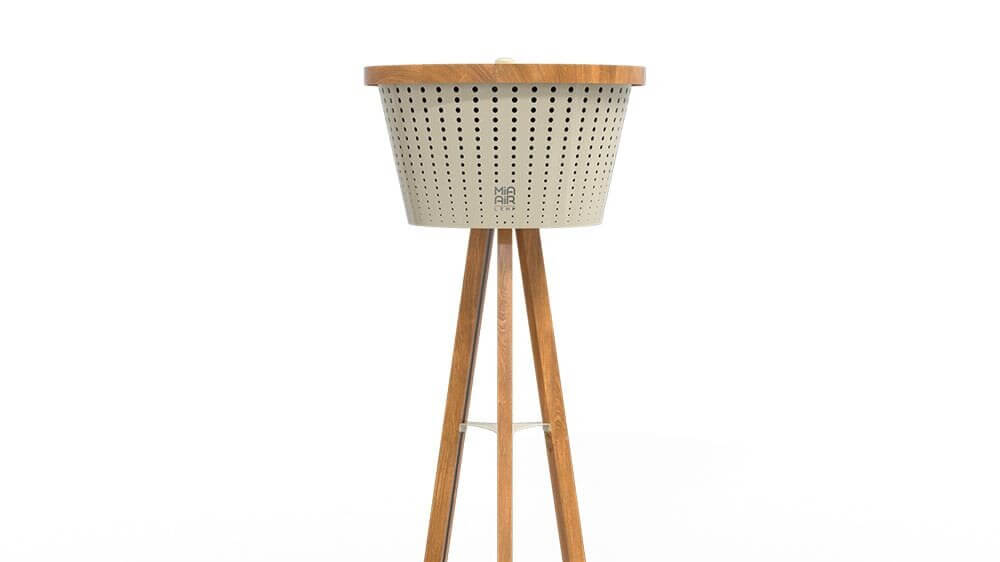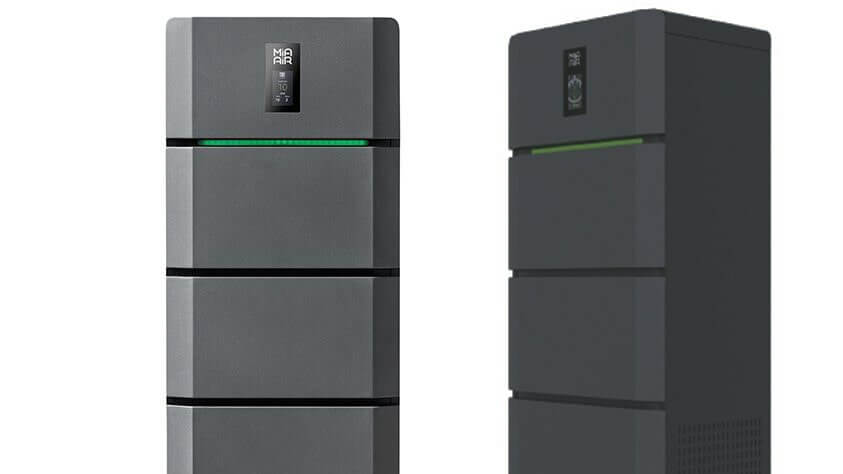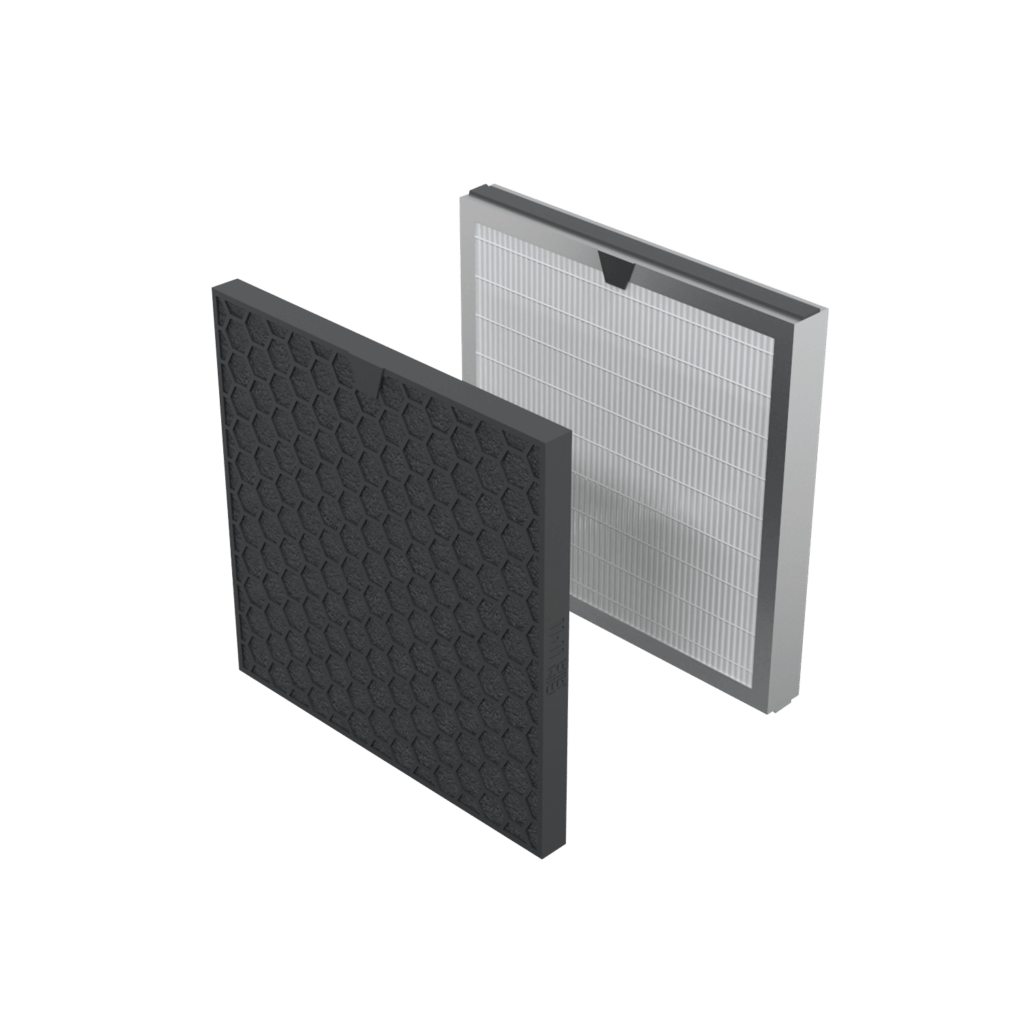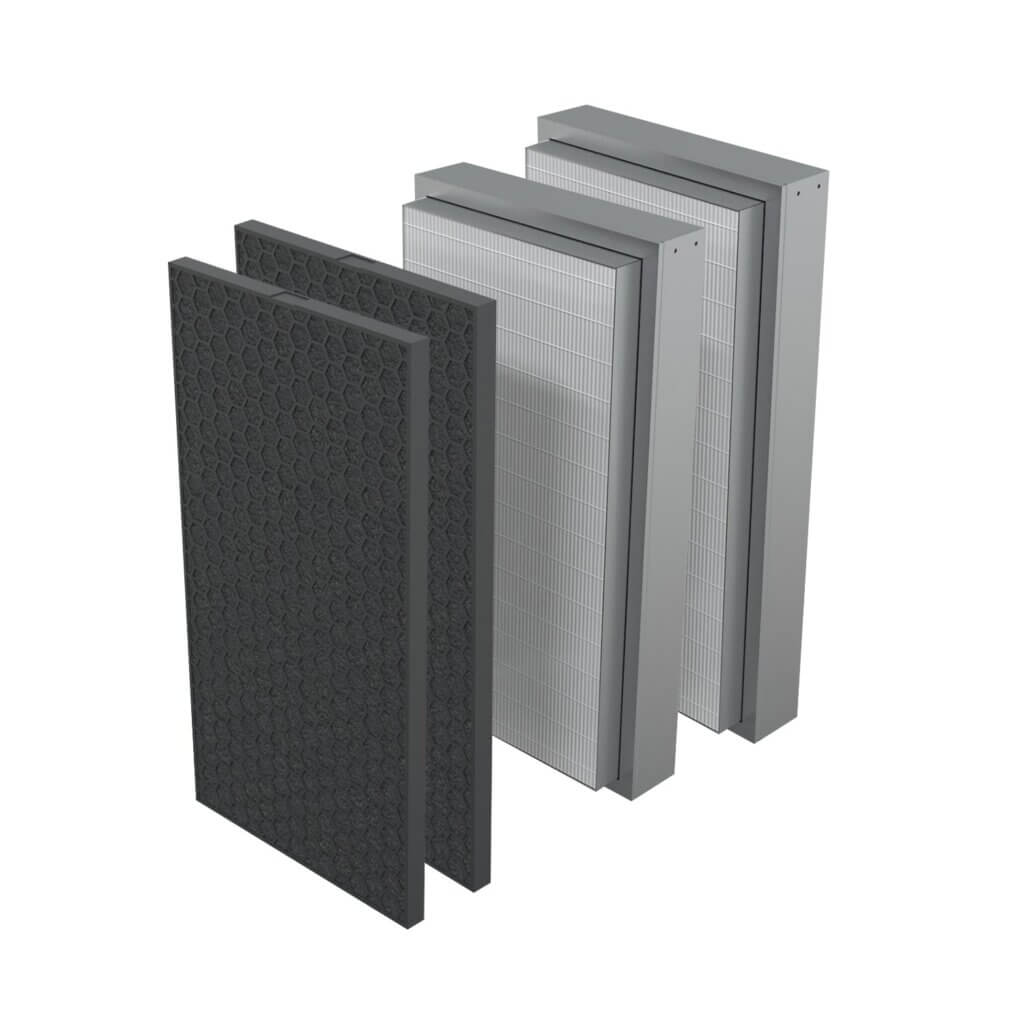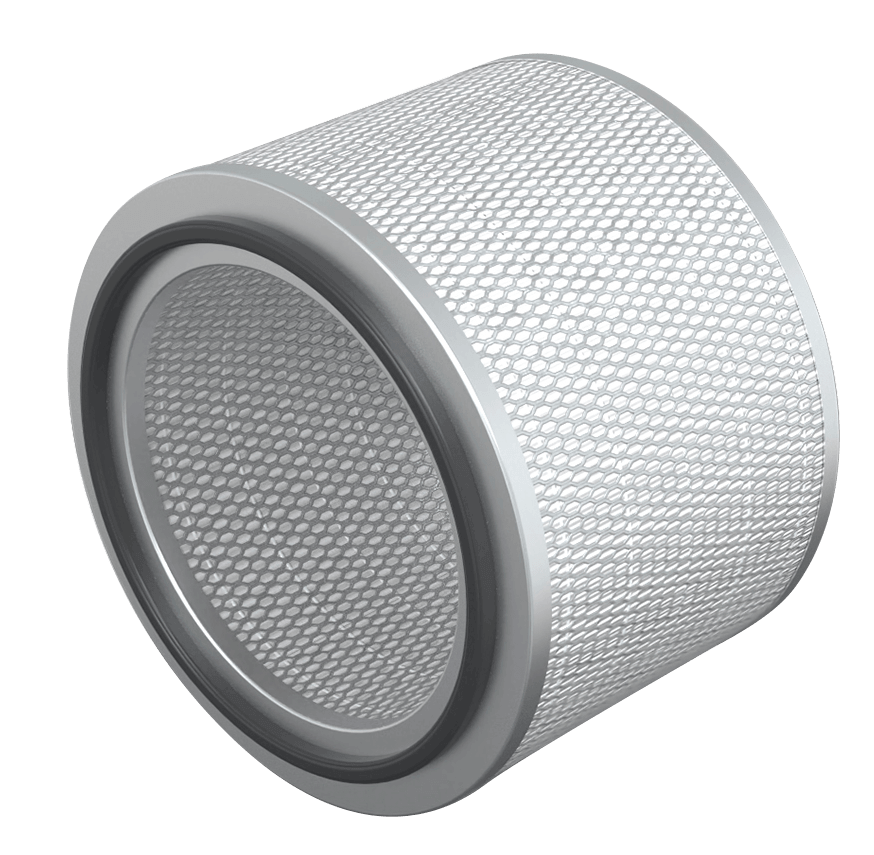Indoor pollution: what is it and how to protect yourself?
Find out what indoor pollution is, what causes it, and what you can do to reduce it.
Published on 06.05.2024

Table des matières
Indoor pollution: still too little known.
Indoor pollution: Definition.
What are the sources?
The types of fine particles.
What are the risks?
The solutions.
Choose Deltrian.
The danger of indoor pollution.
Indoor pollution: still too little known.
When thinking about air pollution, we often point to the outdoors. We naturally think of gases from car exhausts or pollen from trees and plants.
But in reality, it’s indoors, where we spend most of our time, that the air is least breathable. Although less publicized, indoor pollution is more dangerous and still too little known.
In this article, we explain what indoor pollution is, its causes and consequences for health, as well as actions you can implement to reduce indoor pollution in places you frequent.
What is indoor pollution?
Indoor pollution: Definition.
Indoor pollution encompasses all particles that can degrade the quality of indoor air. Today, even though the majority of people surveyed believe that the air quality of their homes and workplaces is good, the reality is quite different.
Indeed, depending on various variables, indoor air can be 5 to 10 times more polluted than outdoor air. This figure is particularly problematic considering that we spend, on average, 80% of our time indoors, exposing us to polluted air.
What are the sources of indoor pollution?
The different sources of indoor pollution.
The question is why is indoor air so polluted? What are the sources of this indoor pollution?
Several sources can be identified:
- Human activities: Smoking, cleaning, cooking, indoor fragrances, use of candles and incense, etc.
- Occupancy of spaces: Whether due to the presence of animals (cats, dogs for example) or certain plants that can respectively be sources of allergens and pesticides.
- Building materials: Paints, varnishes, carpets can emit particles that spread in the air and cause indoor pollution.
- Furnishings and decorations: Furniture, poorly adjusted or maintained ventilation, boilers, and stoves, etc.
- Garages and parking lots located in the basement of condominiums: Cars entering emit exhaust gases that can seep into homes.
- Particles from outdoor air, especially for homes and offices located near busy traffic routes.
In total, all these elements can emit up to 900 chemical substances into our homes and workspaces, which are sources of fine particles and cause indoor pollution.
Indoor pollution: what are the types of fine particles?
There are three types of fine particles.
Firstly, PM10, which are 6 to 8 times finer than a human hair. In indoor air, these are generally mold spores and residues from fossil fuel heating.
The PM2.5, which correspond to tobacco smoke, particles from cooking, or the burning of candles and the use of incense. Unlike PM10, PM2.5 penetrate deeper into the respiratory tract and reach the pulmonary alveoli.
The PM1, which are the smallest fine particles and thus the most dangerous for health. Read our dedicated article on PM1 to learn more.
What are the risks of indoor pollution?
The health effects of indoor pollution.
Due to prolonged exposure, indoor pollution can cause harmful health effects.
For example, we can mention:
- Irritation of the eyes, nose, and throat, cough, and headaches.
- Allergies and asthma.
- Cardiovascular risks.
- Pulmonary diseases.
- Reduction in cognitive performance and concentration.
- Etc.
To avoid suffering from all these effects, it is necessary to reduce indoor pollution in spaces where you spend time.
How to reduce indoor pollution?
Solutions to reduce indoor pollution.
There are several solutions you can consider.
First, get into the habit of regularly airing out the spaces you occupy. If you live near a busy road, do so preferably before 9 am and after 8 pm, to avoid peak hours. Also, remember to open windows when you cook, or at least turn on your extractor hood to prevent cooking particles from entering the air and exacerbating indoor pollution.
In addition to airing out, you can also reduce sources of indoor pollution. For example, by avoiding the use of incense and not lighting candles.
Finally, another option is to equip yourself with an air filtration system to capture fine particles and enjoy good indoor air quality.
Deltrian can assist you with this last point.
What are Deltrian's solutions to counter indoor pollution?
Discover all our solutions against indoor pollution.
If you are an individual, Deltrian can offer you a complete range of air purifiers to install in your home:
- Mia Air
- Mia Air Compact
- Mia Air Tower
If you are a professional, we can offer to install an air filtration system specifically designed to meet your needs, no matter your industry:
- Automotive,
- Airport,
- Shopping centers,
- Schools and universities,
- Hospitals,
- Industries,
- Etc.
Moreover, thanks to our Total Filtering Management service (TFM), you are assured of optimizing the operation of your installation by entrusting us with its maintenance and cleaning.
Contact us via the form below to learn more about our air filtration solutions and protect yourself from indoor pollution!
Do you have any questions? Our team is here to help you.
Our experts are available to answer all your questions.
































